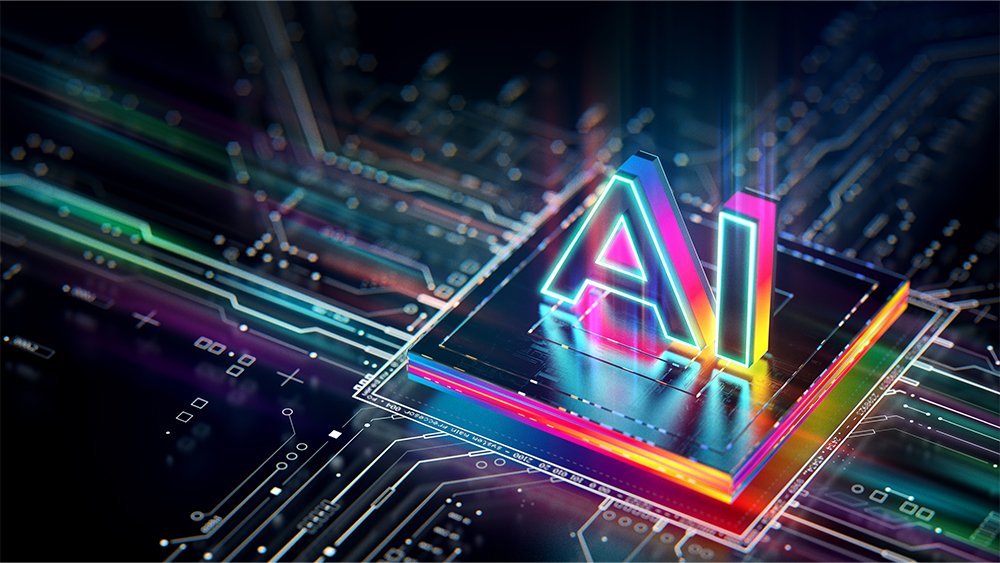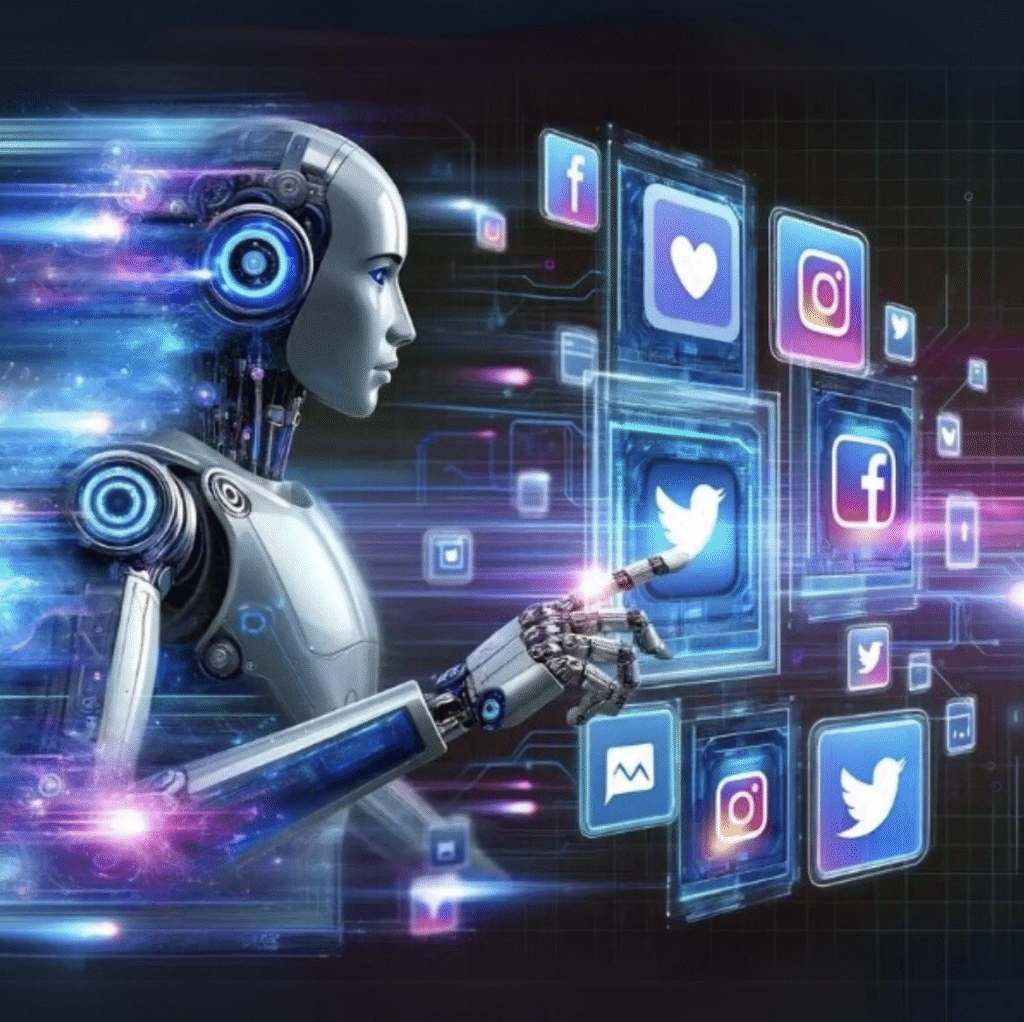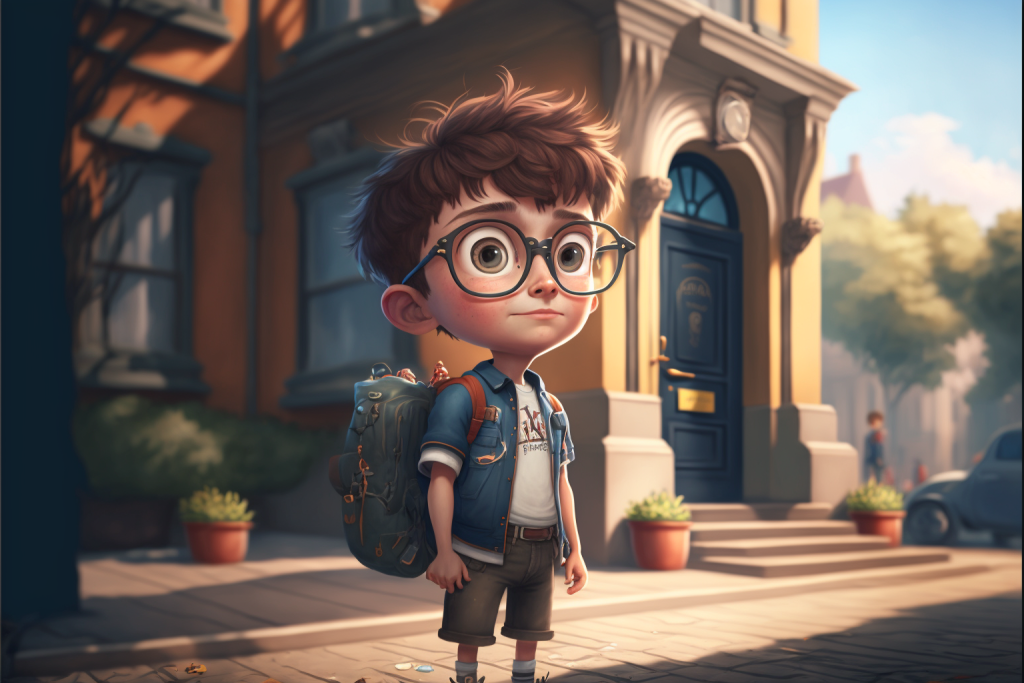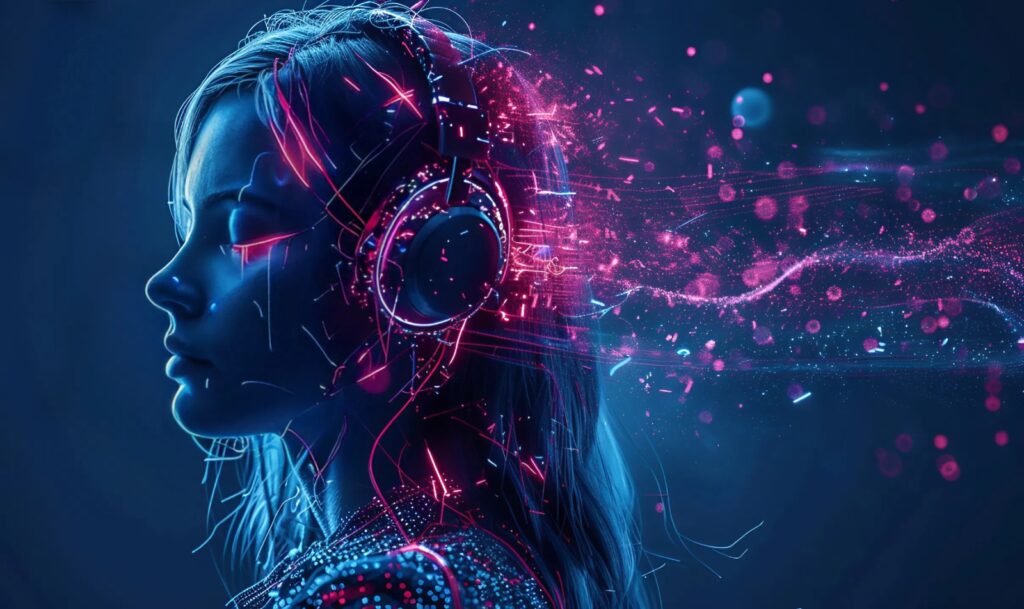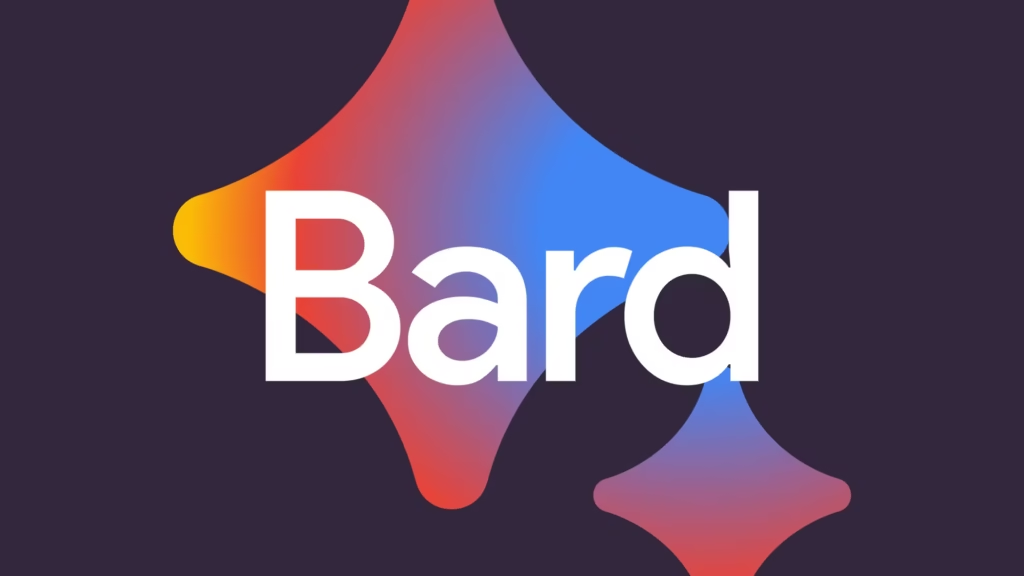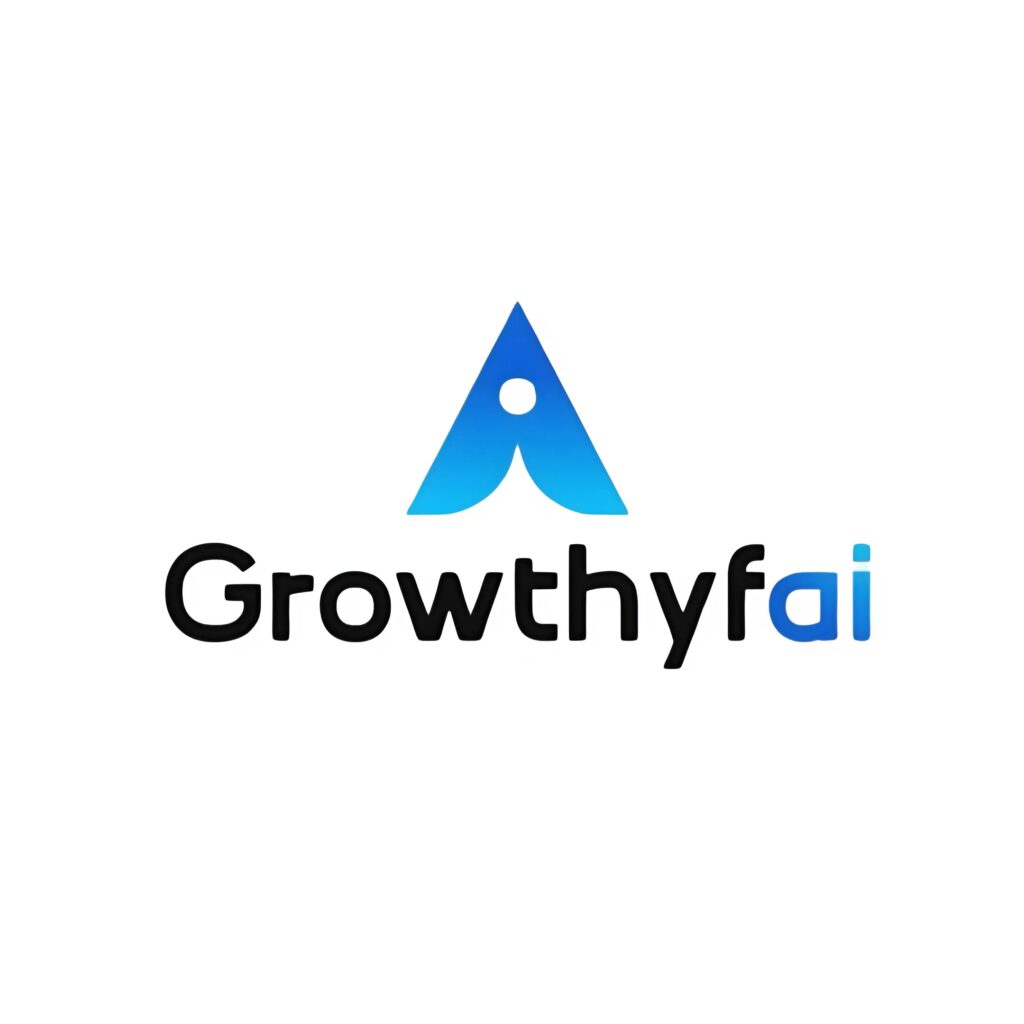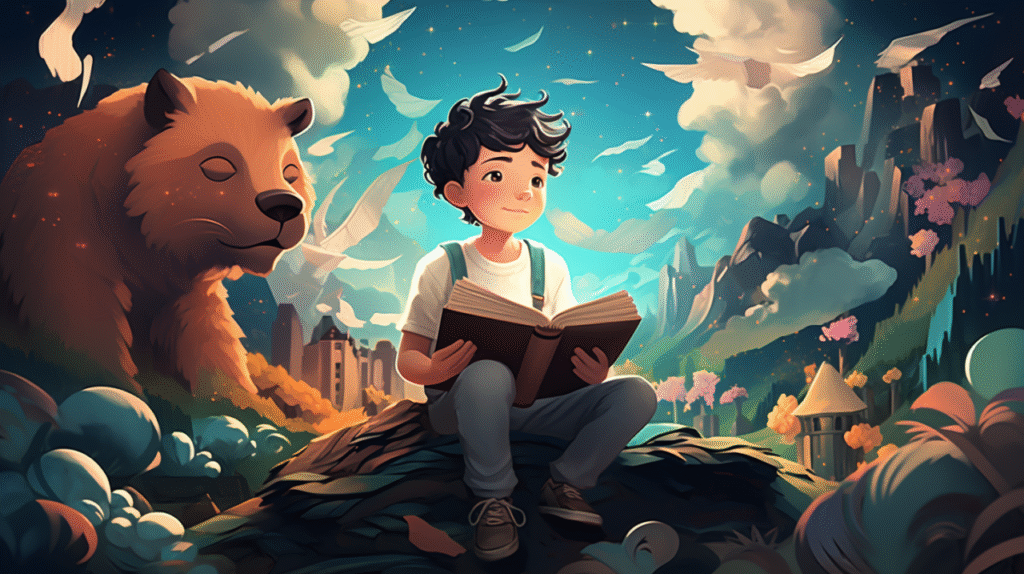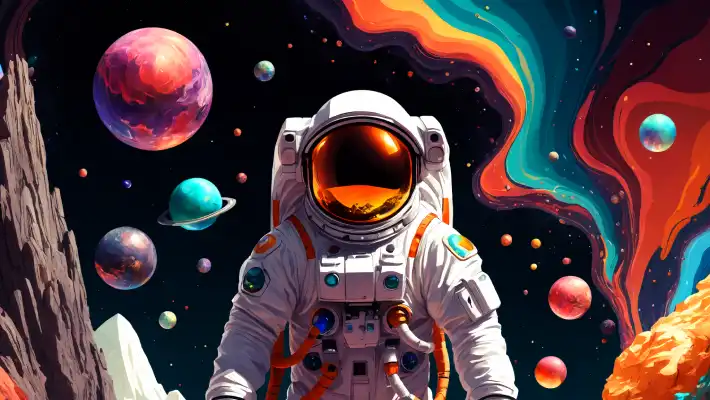The Rise of AI Ghostwriting: Exploring the Future of Creative Authorship
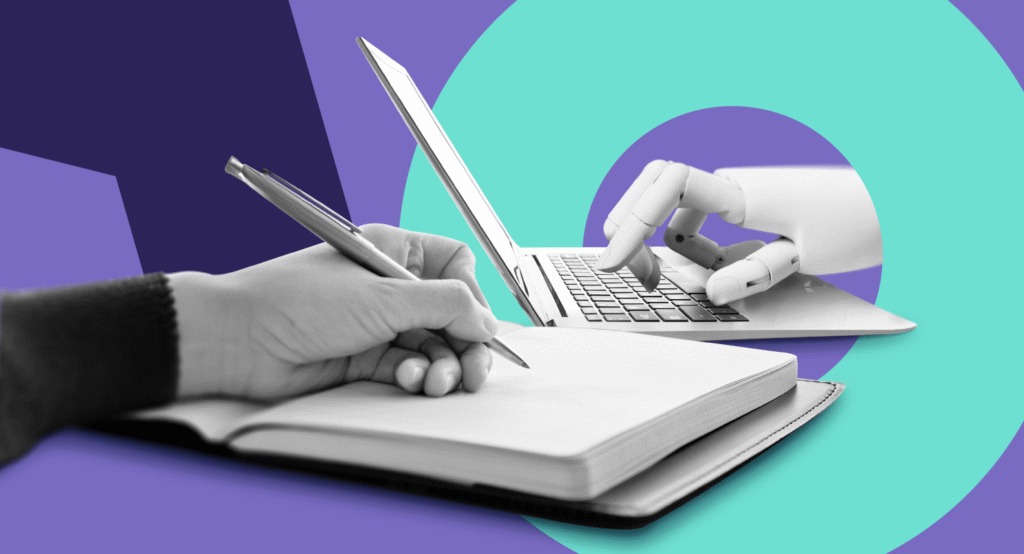
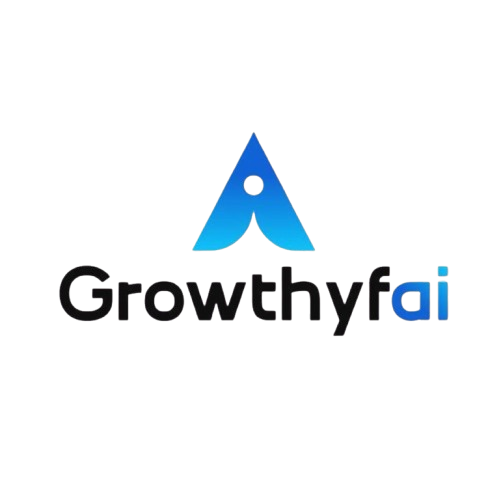
The digital age has revolutionized countless industries, and the literary world is no exception. At the forefront of this transformation is the rise of AI ghostwriting—an innovative application of artificial intelligence that is reshaping the landscape of creative authorship. As AI technologies become more sophisticated, their ability to contribute to the creation of written content has sparked both enthusiasm and concern among writers, publishers, and readers alike. In this blog post, we delve into the phenomenon of AI ghostwriting, its impact on traditional authorship, and its potential future in creative industries.
Understanding AI Ghostwriting
AI ghostwriting refers to the process of using artificial intelligence tools and algorithms to generate written content that imitates human-like creativity and coherence. Unlike traditional ghostwriters, who are human authors hired to write on behalf of someone else, AI ghostwriters rely on machine learning models to produce text based on a set of parameters or instructions. These models are trained on vast datasets, learning patterns in language to produce content that ranges from articles and stories to scripts and poetry.
The development of AI models such as OpenAI’s GPT-3 has significantly advanced the capabilities of AI ghostwriting. These models are capable of producing fluent, contextually relevant, and engaging text, blurring the lines between human and machine authorship.
The Benefits of AI Ghostwriting
AI ghostwriting presents several advantages that make it an attractive option for content creation:
1. Efficiency and Speed: AI ghostwriters can generate large volumes of text in a fraction of the time it would take a human writer. This efficiency is particularly useful in industries where content needs to be produced rapidly and in great quantity, such as journalism and digital marketing.
2. Cost-Effectiveness: Hiring a professional human ghostwriter can be expensive. AI offers a more cost-effective solution, providing high-quality content generation without the need for ongoing labor expenses.
3. 24/7 Availability: AI systems can operate around the clock without fatigue, ensuring consistent productivity regardless of time constraints or deadlines.
4. Diversity of Styles and Genres: Advanced AI models can mimic a range of writing styles and genres, offering versatility in content creation. This flexibility allows content producers to experiment with different voices and tones to suit their target audiences.
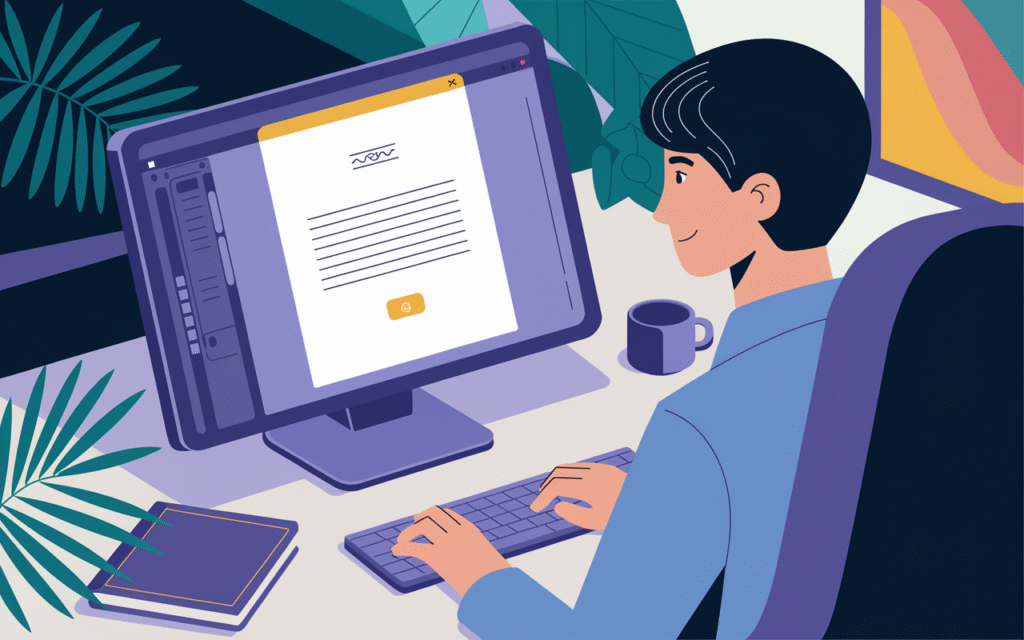
Challenges and Ethical Considerations
Despite its benefits, AI ghostwriting raises important challenges and ethical questions:
1. Creativity and Originality: Critics argue that AI-generated content lacks true creativity and originality, essential components of human authorship. While AI can analyze and replicate existing patterns, it does not possess the ability to conceive entirely novel ideas.
2. Authorship and Credit: The question of who should receive credit for AI-generated works remains contentious. Traditionally, authorship implies a level of personal contribution and accountability, which is absent in AI-written content.
3. Quality Control: While AI is capable of producing coherent text, it may still require human oversight to ensure the output is accurate, insightful, and free from biases or errors.
4. Impact on Employment: The increasing reliance on AI for content creation could have implications for writers and creatives, potentially reducing demand for traditional roles in the industry.
AI Ghostwriting in Practice
AI ghostwriting is already being employed across various sectors. In journalism, AI tools are used to draft reports and articles, allowing journalists to focus on in-depth analysis and investigative work. In publishing, authors and editors use AI to co-create plotlines, develop characters, and even overcome writer’s block. Marketing agencies leverage AI to generate compelling ad copy and personalized content that resonates with consumers.
For example, the AI model, Bryan AI, has been utilized to produce educational material for schools, demonstrating how AI can cater to specific content needs with precision. Another noteworthy application is in screenwriting, where AI programs assist scriptwriters by generating dialogue and story elements that enhance creative collaborations.
The Future of AI Ghostwriting
As AI technology continues to evolve, its role in creative authorship is likely to expand. The future may see AI becoming a more integral partner in the creative process, complementing human ingenuity rather than replacing it. AI can act as a tool that amplifies a writer’s ability, offering new avenues for storytelling and pushing the boundaries of traditional genres.
Beyond just generating text, future AI systems might incorporate multimedia elements, crafting immersive narratives that blend written word with other forms of media. This multi-layered approach to creativity could revolutionize industries like gaming, films, and interactive storytelling platforms.
Conclusion
The rise of AI ghostwriting marks a significant milestone in the fusion of technology and creativity. While it presents undeniable opportunities for efficiency, cost savings, and versatility, it also brings forth critical discussions about creativity, ethics, and the future of work in creative industries. As we navigate this emerging landscape, it is essential for stakeholders—including writers, publishers, and policymakers—to collaborate in defining ethical guidelines and frameworks that honor both innovation and the essence of human creativity. AI has the potential to redefine the boundaries of authorship, but the ultimate story of its impact will depend on how we choose to integrate these powerful tools into our narrative.

